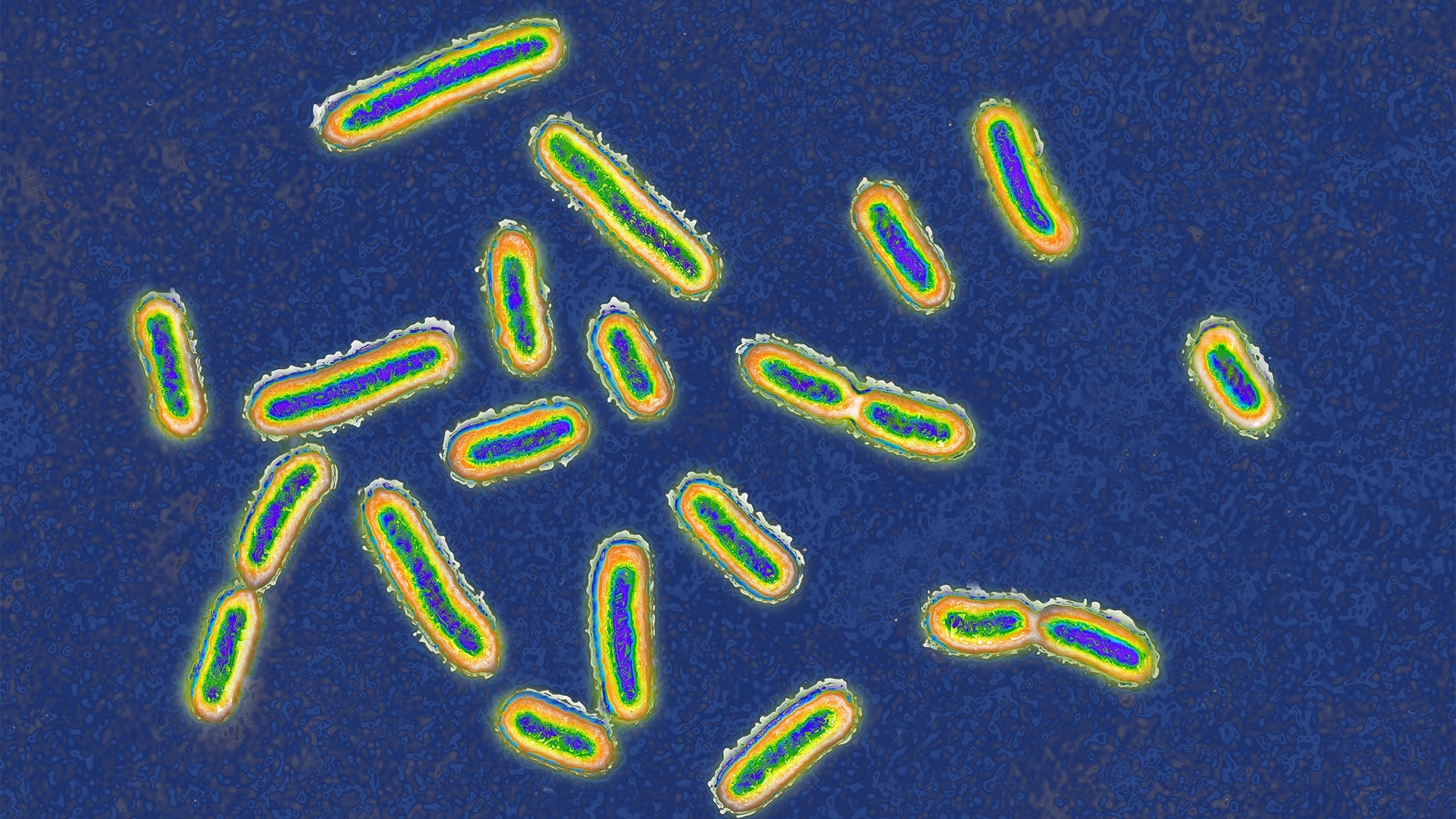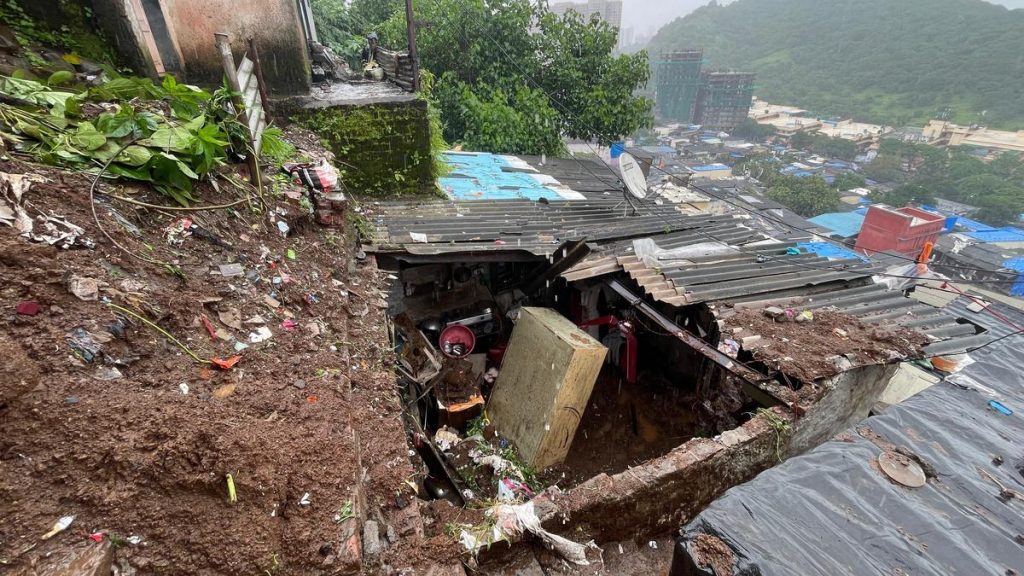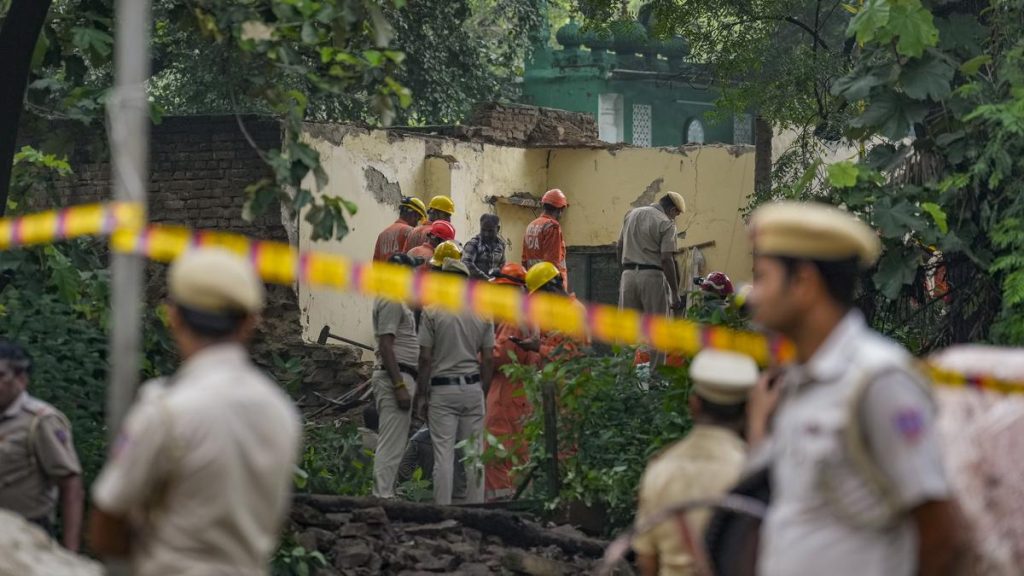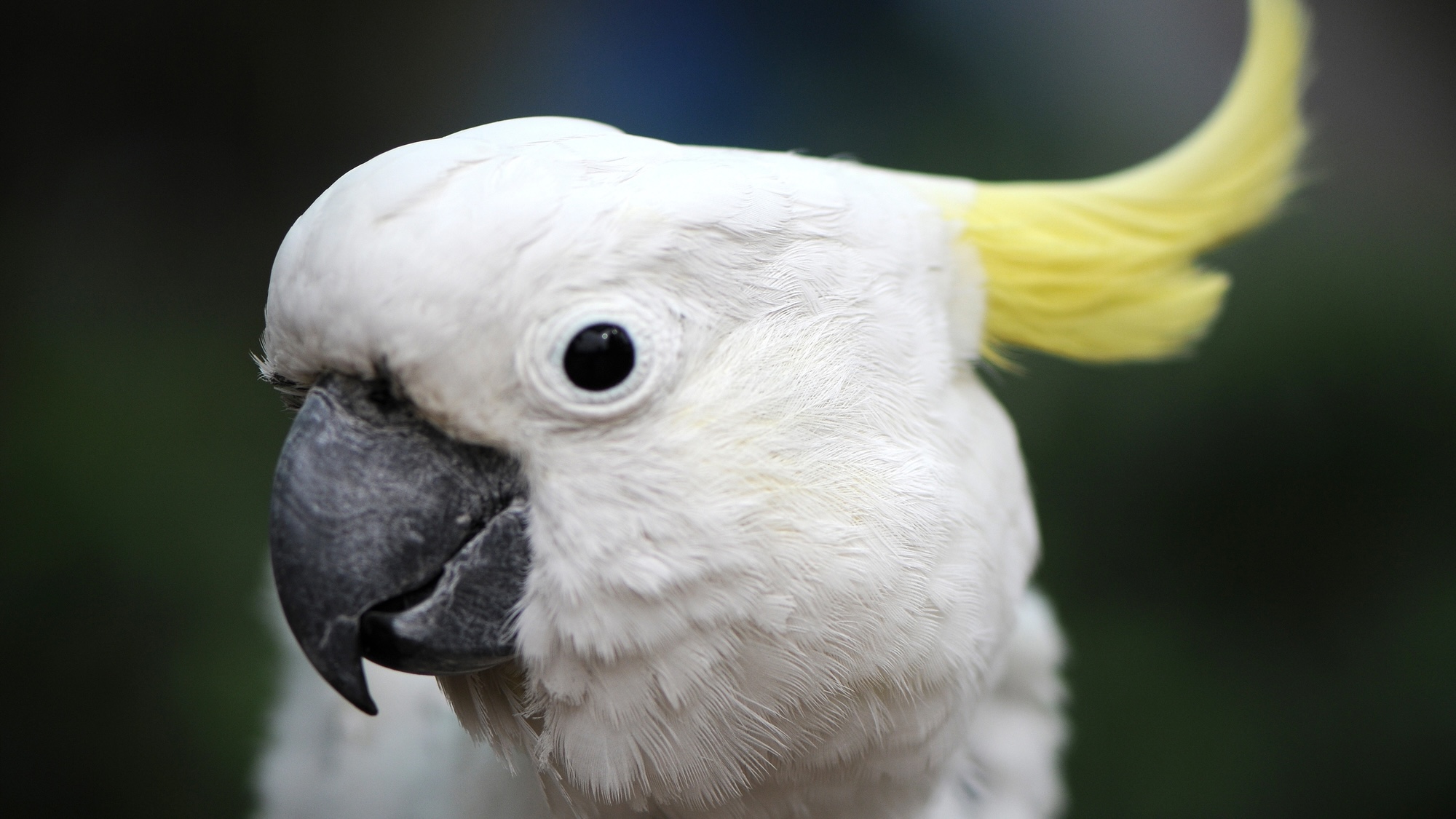Now Reading: Bacteria Caught ‘Hitchhiking’ and Zooming in Stunning Footage
-
01
Bacteria Caught ‘Hitchhiking’ and Zooming in Stunning Footage
Bacteria Caught ‘Hitchhiking’ and Zooming in Stunning Footage

Quick Summary
- researchers from Cornell University, IIT Madras, and Scotland’s University of Dundee published findings on Pseudomonas aeruginosa bacteria leveraging fluid halos created by nearby yeast (Cryptococcus neoformans) for faster spreading.
- The study discovered bacteria spread up to 14.5 times faster in the presence of yeast than when cultured alone due to moisture trails drawn around the yeast.
- Dead yeast or even glass beads similarly created fluid puddles, suggesting physical properties-not just chemical interactions-play a critical role in microbial movement.
- P. aeruginosa is commonly found in soil and human airways; it can cause infections post-surgery (e.g., lungs or urinary tract). C. neoformans,a stationary fungus,can cause lung or brain infections (cryptococcal meningitis),especially in weak immune systems.
- The model built by researchers simulated microbial growth rates and environmental factors with high predictive accuracy; future focus will explore bacterial colonization across natural ecosystems like soil, plants, water bodies, and human environments.
Image Credits:
- Microscopy image of rod-shaped pathogenic bacteria (Pseudomonas aeruginosa). [Credit: Cavallini James/Universal images Group via Getty Images]
- Experimental interactions between bacterium swarms around neighboring yeasts forming fluid halos aiding bacterial movement.
Indian Opinion Analysis
This study represents key advancements for interdisciplinary microbiology research relevant to India’s health sector and environmental science fields alike. Insights into how pathogens such as Pseudomonas aeruginosa adapt their spread through physical interactions highlight new avenues for combating infectious diseases prevalent in India’s densely populated settings-especially pneumonia-causing strains linked to poor sanitation.
Beyond medical implications lies potential relevance for agricultural biotech innovations where understanding microbial ecosystems could improve soil productivity under water-stressed geographies common across rural India due to climate variability challenges.While questions remain about practical application beyond lab models to living humans/ecosystems explored next phase data depth accelerates leap preparedness solving emergent public durable threats respecting actual experiments region nuanced collaborations unlocking solutions-next-generation diagnostics-ranked environment-wide readiness framework planning addressing ongoing challenges scientific ecosystem overlap territory!! `!!.
























